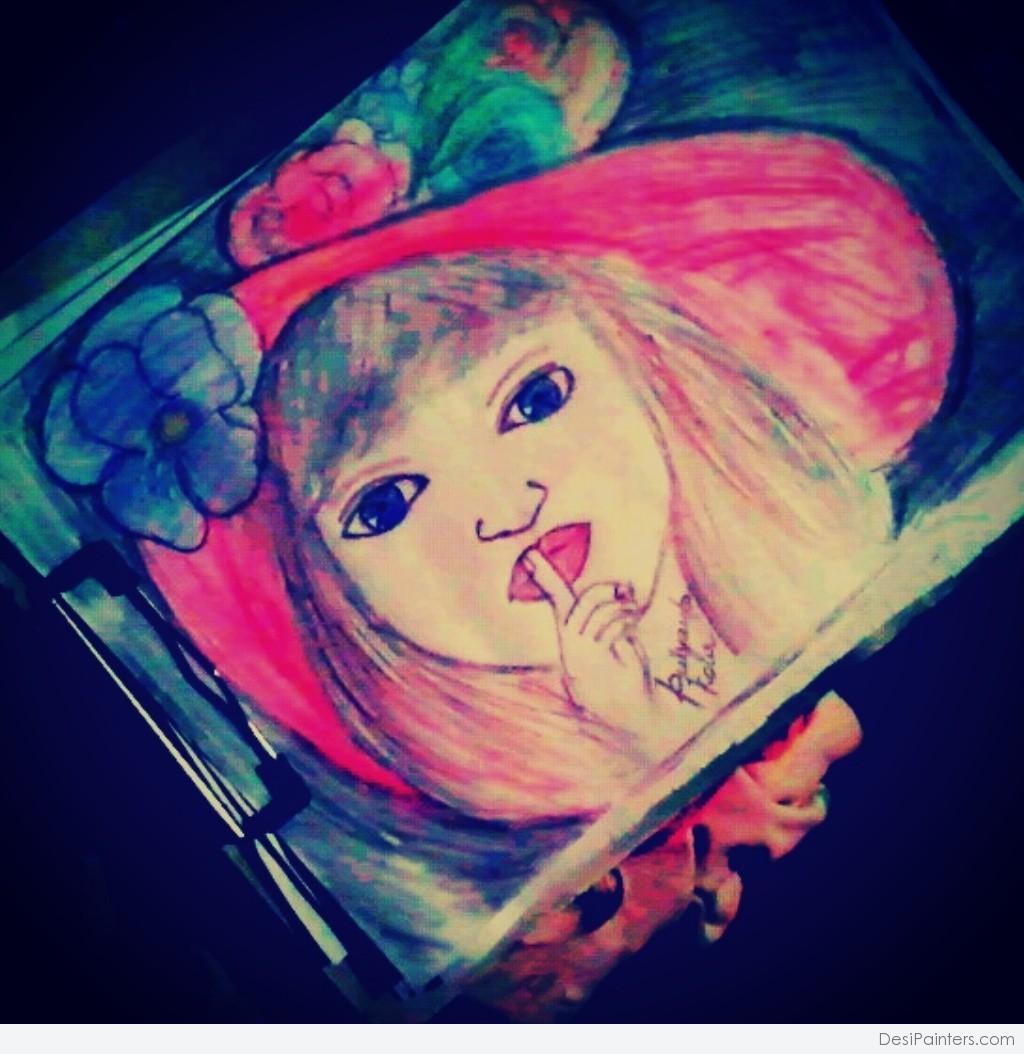

The key to the successful realization of the artist’s intention in painting is the quality of materials and their right choice.

In the 20th century, pop art creators brought back the popularity of the bright pictorial paintings with Indian ink made of synthetic pigments. In the middle of the 18th century, it lost popularity among artists and gave way to sepia, a dye that is made from the pigment of cephalopods. In Europe, Indian ink became the favourite medium of the great painters of the 15-17th centuries, such as Rafaello Sanzio, Sandro Botticelli, Albrecht Dürer, Rembrandt van Rijn. The 15-17th centuries were the finest hour of Indian ink painting in Japan: the masters of the Edo period organized art schools and communities of followers, developed recognizable drawing styles, created a gallery of grotesque portraits and genre scenes, mountain landscapes and images of flowers and animals. The perfection of the painting technique was achieved by Chinese masters, who developed a laconic and recognizable artistic language: graceful ornate lines, exquisite patterns, smooth shiny paint texture and a variety of tones. In ancient Rome, Indian ink was used as “court ink”. In Egypt, hieroglyphs carved on stone were shaded with paint. Artists of the Orient used Indian ink to write on parchment and silk creating the exquisite masterpieces of calligraphy. Researchers have found description of soot paints in treatises from Ancient Egypt and China. Artists use paint in combination with transparent watercolours to create contour lines and a “pictorial skeleton”. Indian ink allows to create thin lines, highlight details, experiment with tone saturation. After the Indian ink dries, the image is not affected by light, water or alcohol. The tool in the hands of the artist is sensitive to the slightest pressure on the surface and instantly changes the thickness and direction of the drawn line. Indian ink painting requires attention from the artist, a firm hand, confident movements - this technique does not suppose mistakes. The tint of the paper is the functional colour component in the palette. To create a painting, the artist chooses paper of the required density and absorbency, and the image is applied with liquid Indian ink using a brush, pen or wooden stick. Indian ink can be liquid, concentrated or dry, it may contain shellac or gelatin, and it does not dissolve in water after drying. Indian ink painting is the creation of works of art on fabric or paper using the ink that is made of soot and binder.


 0 kommentar(er)
0 kommentar(er)
